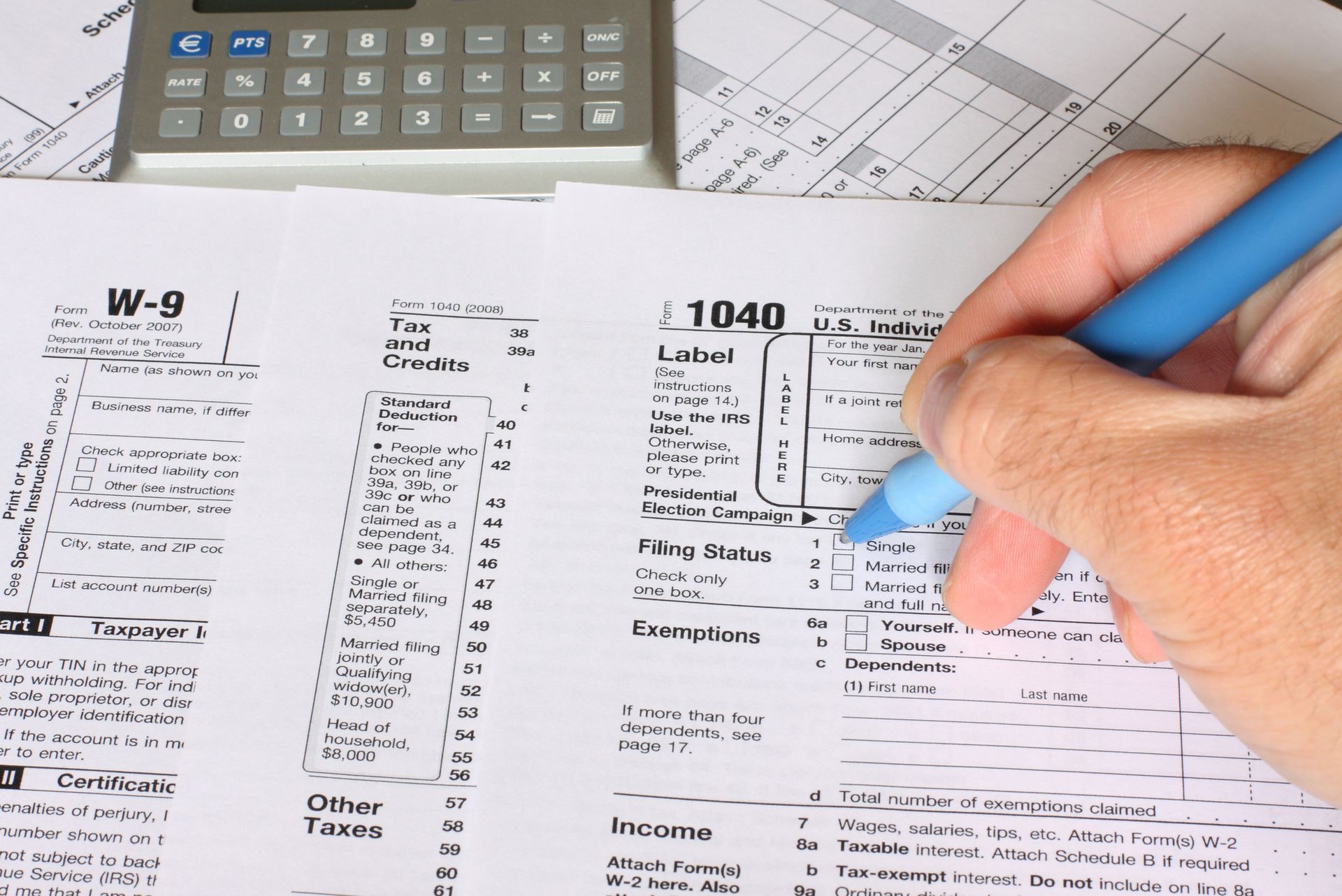CALL US: 360-754-5848
Which Inventory Accounting Method Should You Use?

First-In, first-out (FIFO) and last-in, first-out (LIFO) are two standard methodologies that are particularly prominent in the domains of inventory management and accounting. Both strategies have distinct benefits and drawbacks, and each has a substantial impact on a company's bottom line in various ways.
Choosing the right strategy for your organization necessitates a deep understanding of what each provides. This is not an easy choice because it affects the cost of goods sold, taxes, and metrics related to profitability in a lot of different ways. Let's untangle the complexities of FIFO and LIFO inventory accounting methods and assist you in determining which inventory accounting technique is best suited for your organization.
First-In, First-Out
The FIFO method prioritizes the speedy turnover of stock by prioritizing the sale of the most recently acquired or produced items. This means that the most recently purchased items are not deducted from the inventory total and the oldest items make up the cost of goods sold (COGS). This is in keeping with the normal turnover of stock, as most stores will sell their oldest items first.
The straightforwardness and openness of FIFO is one of its primary benefits. Accounting errors are less likely to occur due to its user-friendliness. Furthermore, FIFO is a more accurate reflection of the market value of the last inventory since it uses the most up-to-date acquisition prices as its basis. This makes it an obvious pick for businesses that put their oldest stock to use first.
A business may pay more in taxes if it follows the FIFO method. This is due to the higher net income and associated tax liability that results from the lower COGS. Because of the potential increase in tax liability, businesses operating in an environment of rising prices may find FIFO less appealing.
The need for meticulous record-keeping is another factor to think about while implementing FIFO. Determining the cost of goods sold can be difficult for businesses with lengthy periods of inactivity or stock accumulation because it requires reviewing past information.
Companies might have to depend on complex accounting procedures to automate what is otherwise a time-consuming operation.
Last-In, First-Out
To calculate remaining stock at the conclusion of an accounting period, the LIFO method uses the presumption that the most recent units added to stock will be the ones to sell first.
By using the most up-to-date inventory costs first, businesses can reduce their tax liabilities, as these costs are more likely to be accurate. However, because older stock may not be sold and may not reflect current market prices, the declared profits with LIFO might not be as reliable as with other systems.
Companies dealing with perishable items or inventory that does not adhere to a logical manufacturing method will find LIFO to be impractical. Using the most up-to-date stock levels to calculate COGS can result in an underestimation of inventory value if the remaining stock is antiquated or irrelevant. LIFO will also increase COGS and decrease profits in an inflationary economy.
The LIFO approach reduces a company's tax burden by selling its most expensive assets first. In practice, however, many businesses aim to shift older stock to avoid utilizing it first, so this approach may not reflect actual inventory movement.
The United States Generally Accepted Accounting Principles (GAAP) permits LIFO, while the International Financial Reporting Standards (IFRS) prohibits its usage by foreign corporations. This approach could be simpler to execute for businesses with readily available stock. Still, it requires meticulous bookkeeping to guarantee correct records and could cause unused stock to sit on the books for extended periods.
Contact us at
Bliss & Tuttle, CPAs for further advice on accounting standards and methods for more accurate bookkeeping and accounting.
Browse Our Website
Contact Information
Address:
2407 Pacific Ave SE, Ste C.
Olympia, WA 98501
Phone:
Like Us On:















